Despite what the Highway Code tells you about roundabouts, everyone in Dundee knows they’re called circles.
Local historian Norman Watson described circles as “Dundonese for roundabouts” and we appear to be the only city in Britain that uses this terminology.
Debate has raged for decades as to why circles is used to describe a roundabout but Iain Flett from the Friends of Dundee City Archives has the answers, it seems.
He said: “James Thomson, visionary architect of Logie, the Caird Hall and the Kingsway, used the very logical word ‘circles’ in his 1918 report to introduce the concept of what to do at busy junctions 17 years before the 14-mile autobahn expressway between Frankfurt and Darmstadt was opened in 1935.
“So all Dundonians know that while the rest of the world may have roundabouts, in Dundee they are circles.
“The late and much-missed Innes Duffus, archivist of The Nine Trades, would have been quick to point out that the garage owned by his father Alfred was located at the Duffus Circle.”
In his 55 years of service with the city corporation as city engineer and housing director, Thomson was the driving force in transforming the High Street area.
And with the onset of the First World War he had drafted a beaux arts civic centre for the entire central zone.
Mr Flett said a feel for his imagination can be had from the Thomson mural in the lower ground floor of the Queen’s Hotel.
It is a stunning trompe l’oeil panorama, created by local artist Ken Bushe, depicting a grand plaza and tree-lined boulevard.
Years earlier he had widened streets throughout Dundee, such as the Perth Road, while serving as burgh surveyor, in connection with the city Improvement Act of 1871.
The war caused his central plan to be scaled down but in 1919 his greatest achievement was unveiled in the form of the first city ring road in Scotland, the Kingsway bypass.
Private car ownership wasn’t common and Thomson intended to have a tramline in the middle.
This wasn’t built, though, because at that time there were not enough people to use it.
The Kingsway was a road intended for the future.
In 1919 the eastern part of the Kingsway was dual carriageway with a broad central reservation, whereas the western part was a rural, single carriageway.
The Kingsway formed the outer boundary of the city – at that time only agricultural and park land could be seen north of it and it would be after the Second World war before factories and council estates would be built there.
Junctions on both parts were simple crossroads.
Traffic lights and circles would come later.
Nearly a decade after Thomson’s revolutionary project was published, Sir Henry Maybury had strongly advocated a “circus” be built at Strathmartine Road.
The naming of the Kingsway Circus appears to have been influenced by the Piccadilly Circus in London, which had been built way back in 1819.
The naming of Piccadilly Circus was derived from the Latin word “circulus”, which means circle.
The Kingsway was completed in 1926 and the cost of the “circus” was £1,500 with £500 saved by laying the centre in grass and earth.
However, by 1927 the “circus” was dubbed a “death trap” after a number of accidents because cars were going directly through the centre of the circle.
Members of the Dundee Works Committee were in a heated debate in 1928 over the new circus that allowed tramcars to go across the Kingsway at Strathmartine Road.
The Lord Provost declared that all motor drivers were against the circus!
He suggested that if it was to stay in place a police officer on point duty would be required day or night, which was the view of the Chief Constable.
Magistrates had been asked to approve a bylaw to stop traffic from passing through the middle of the circus, which was only illuminated by lamps.
Instead, they went so far as to try and pave over it.
However, the town council soon acknowledged that the magistrates had tried to make decisions that went beyond their powers.
The circus being removed would have cost £4,000.
At the beginning of 1928 it was agreed to improve lighting at the Kingsway Circus and by the 1930s more circles began to be constructed on the arterial route.
In those days it was quiet enough for children to play on the Kingsway!
As cars became common, further works took place throughout the 1950s, ’60s and ’70s before the western half of the Kingsway was dualled in the 1980s.
A double roundabout replaced the lights at the Forfar Road junction until 2008, when the junction was redesigned with traffic lights.
The Kingsway is now host to more than 40,000 journeys every day and we are all agreed that the stretch is populated by a series of circles.
Well, almost…
What about the Swallow Roundabout?
There’s also the Five Ways Roundabout at Strathmartine Road.
Of course, this was previously known as the Kingsway Circus.
Are these the exceptions to the ‘Dundonese’ rule, however, or named simply to stoke even more debate and have us all going round in circles!
The biggest question, though, is this: which side you take in this argument?
Are you Team Circle or Team Roundabout?
Let us know!
More like this:
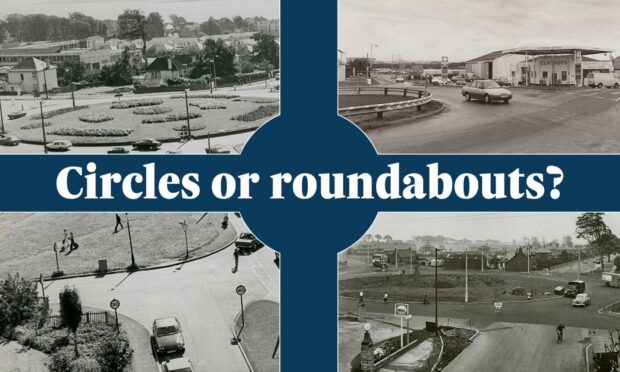
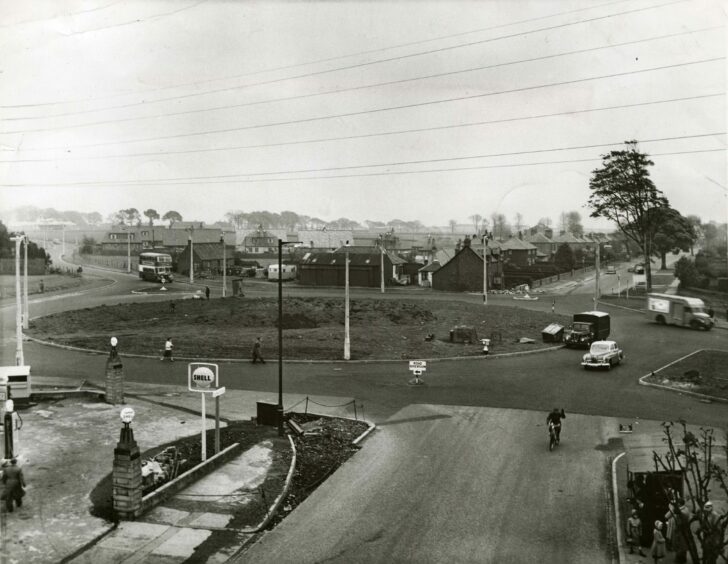
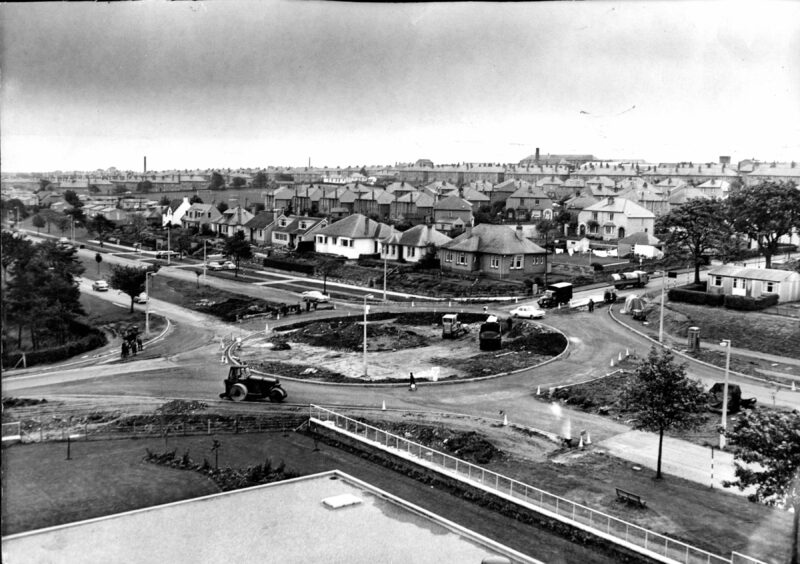
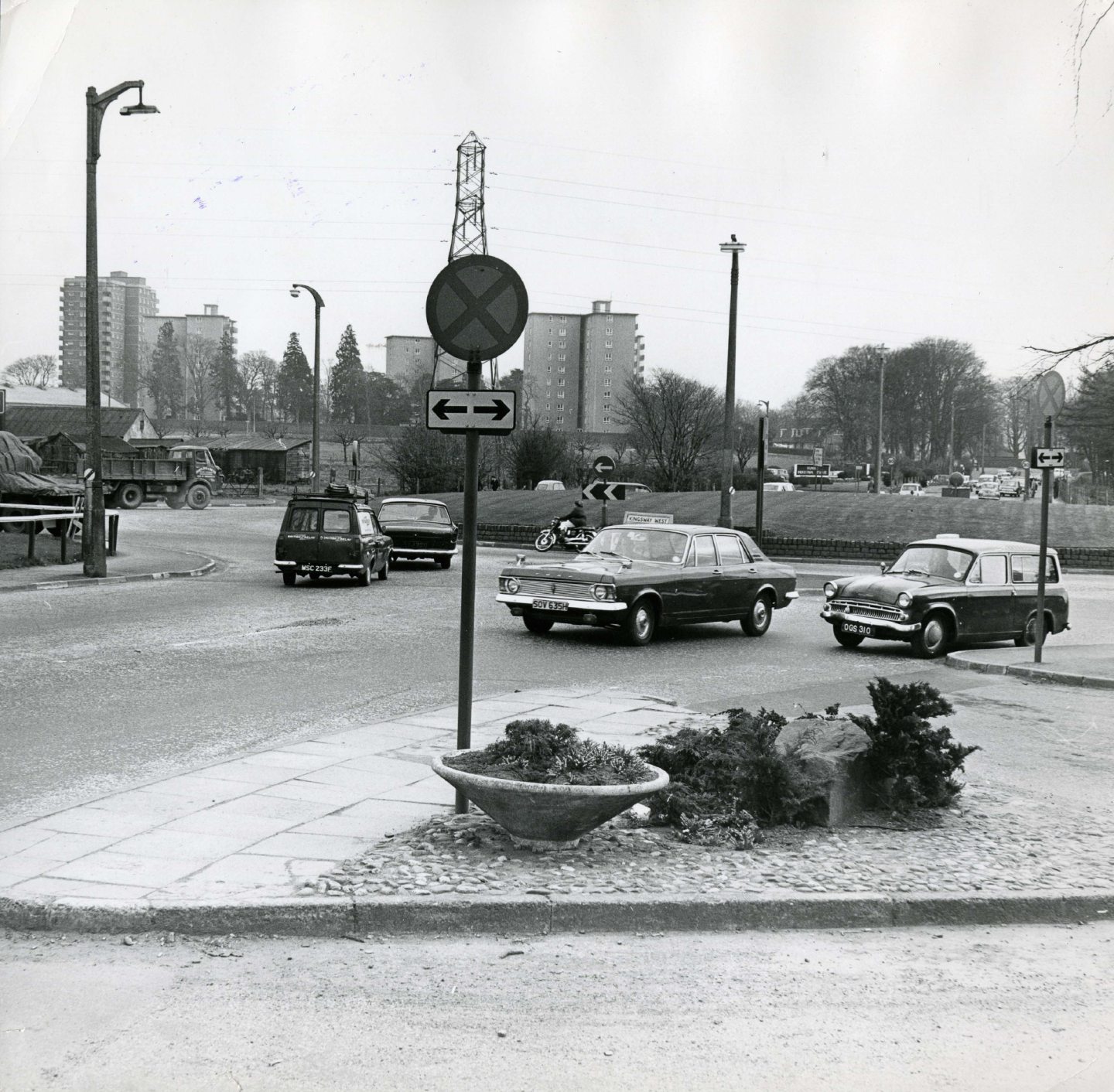
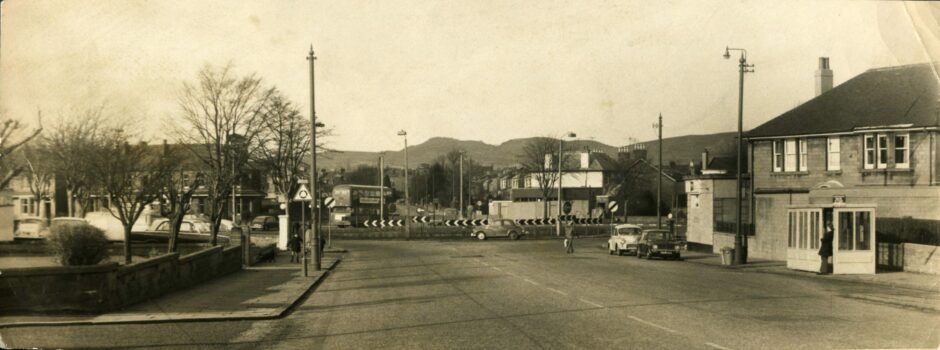
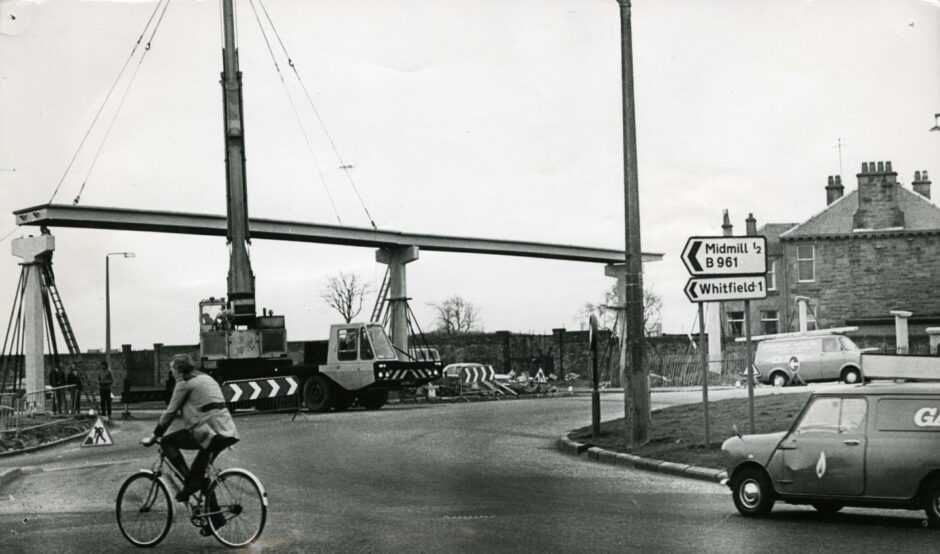
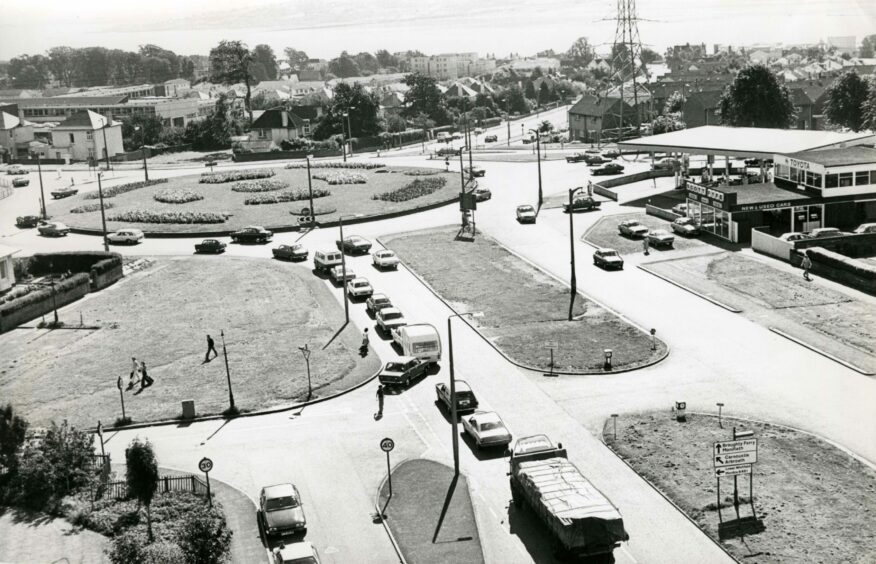
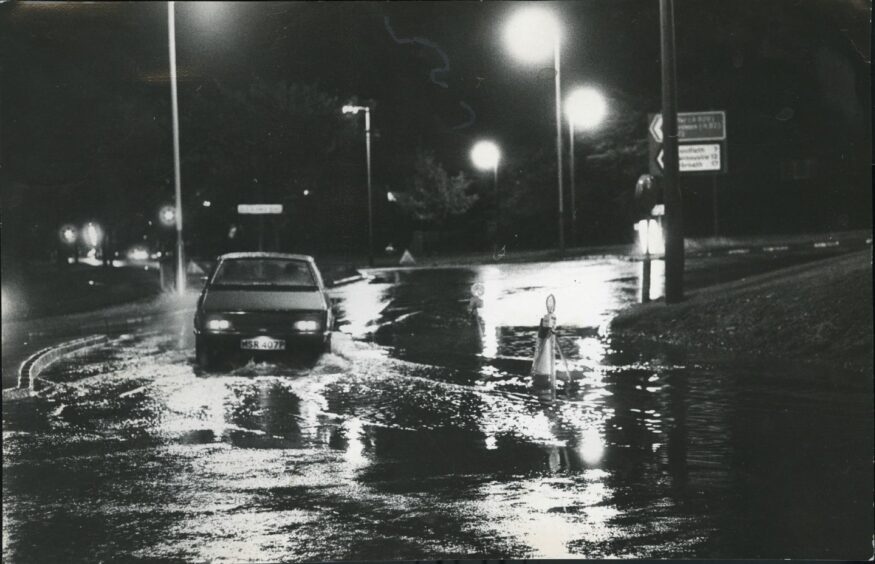
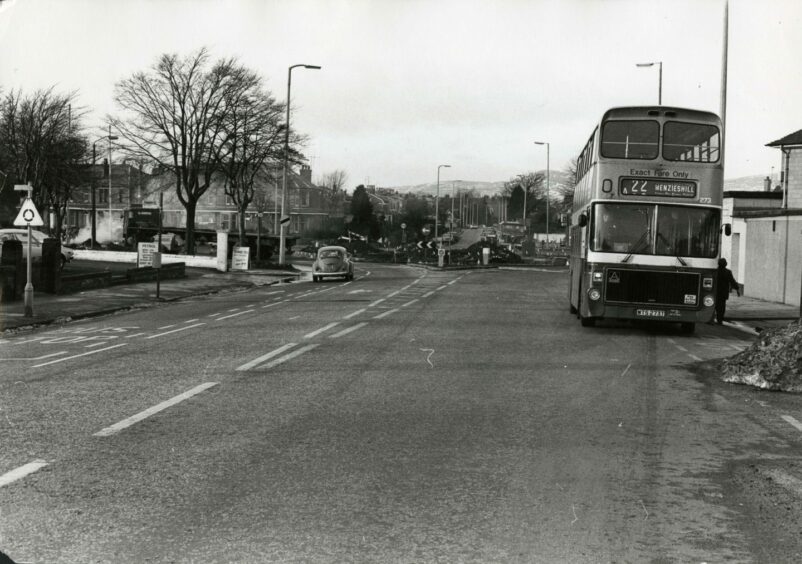
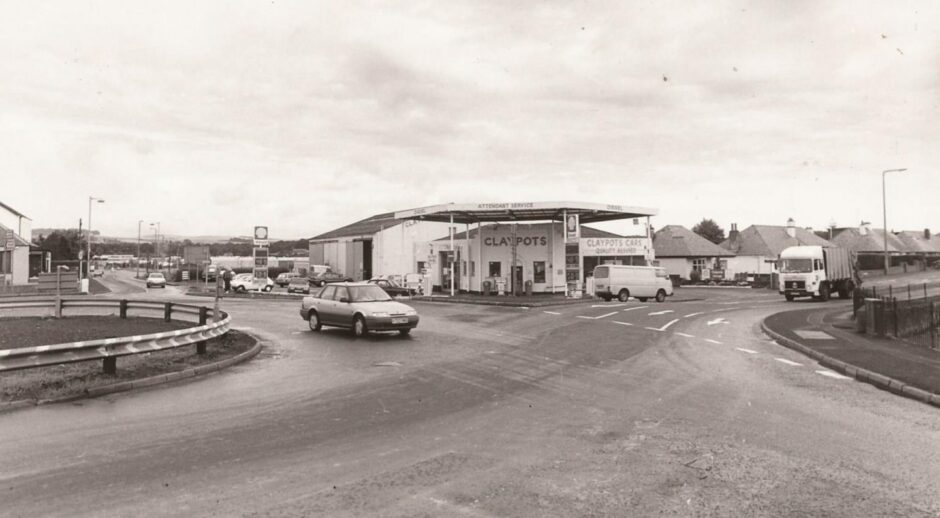
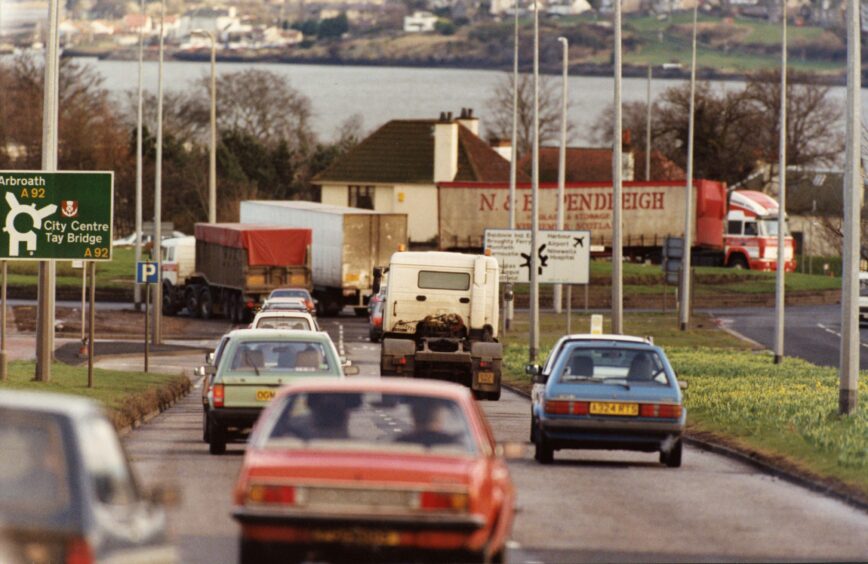










Conversation